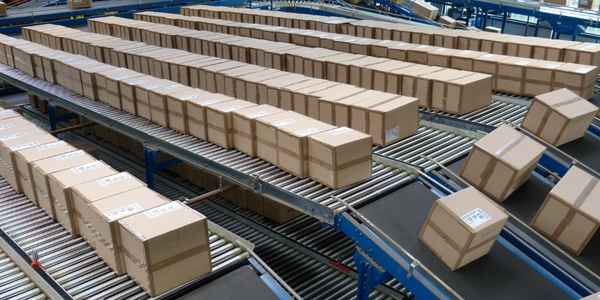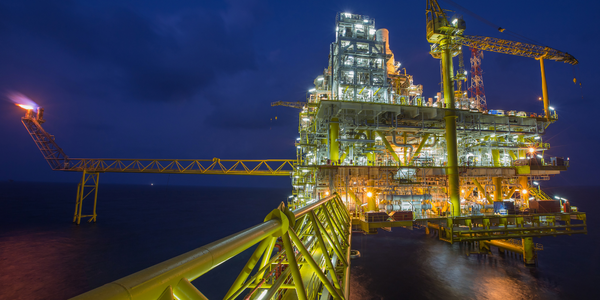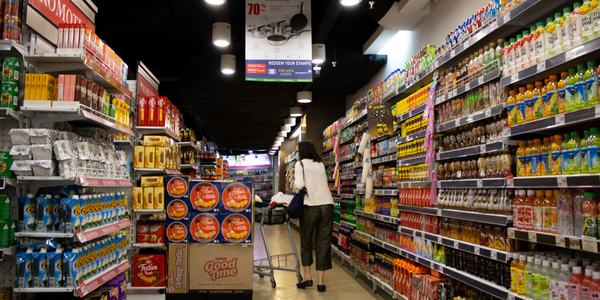Use Cases
- Root Cause Analysis & Diagnosis
About The Customer
CMA Technology Solutions is a Managed Service Provider (MSP) headquartered in Louisiana. The company focuses on monitoring and providing end-to-end software and hardware solutions for their clients. Their services include managing and monitoring IT infrastructure, implementing software solutions, and providing hardware support. Recently, they switched their antivirus software to SentinelOne. However, this transition led to overload issues on their virtual machines, causing them to go offline without warning. This situation put their Service Level Agreements (SLAs) with their clients at risk and increased the potential for security vulnerabilities.
The Challenge
CMA Technology Solutions, a Managed Service Provider (MSP) based in Louisiana, specializes in monitoring and providing end-to-end software and hardware solutions for their clients. However, they faced a significant challenge when they switched their antivirus software to SentinelOne. The new software led to overload issues on their virtual machines (VMs), causing them to go offline unexpectedly. This unexpected downtime not only put CMA's Service Level Agreements (SLAs) with their clients at risk but also increased the potential for security vulnerabilities. The situation was critical as it threatened the company's reputation, client relationships, and overall security infrastructure.
The Solution
To address the challenge, CMA's IT team developed custom modules to provide root cause analysis and generate alerts for potential issues involving overloaded VMs. The team designed these modules to predict and alert when a VM could potentially go offline due to overload. In addition, they created dashboards to improve visibility of this event across the entire organization. The solution was implemented using LogicMonitor’s out-of-the-box functionality, which allowed the team to proactively monitor when an issue was about to occur and take action accordingly. This proactive approach not only helped to prevent VMs from going offline but also increased the overall efficiency of the team.
Operational Impact
Quantitative Benefit

Case Study missing?
Start adding your own!
Register with your work email and create a new case study profile for your business.
Related Case Studies.

Case Study
Aircraft Predictive Maintenance and Workflow Optimization
First, aircraft manufacturer have trouble monitoring the health of aircraft systems with health prognostics and deliver predictive maintenance insights. Second, aircraft manufacturer wants a solution that can provide an in-context advisory and align job assignments to match technician experience and expertise.

Case Study
IoT Data Analytics Case Study - Packaging Films Manufacturer
The company manufactures packaging films on made to order or configure to order basis. Every order has a different set of requirements from the product characteristics perspective and hence requires machine’s settings to be adjusted accordingly. If the film quality does not meet the required standards, the degraded quality impacts customer delivery causes customer dissatisfaction and results in lower margins. The biggest challenge was to identify the real root cause and devise a remedy for that.

Case Study
Large Oil Producer Leverages Advanced Analytics Platform
Approximately 17,000 wells in the customer's portfolio have beam pump artificial lift technology. While beam pump technology is relatively inexpensive compared to other artificial lift technology, beam pumps fail frequently, at rates ranging from 66% to 95% per year. Unexpected failures result in weeks of lost production, emergency maintenance expenses, and costly equipment replacements.

Case Study
The Internet of Trains
Train operators the world over are expected to work miracles, i.e. never to be late. So, with acute service and availability targets to meet, an efficient maintenance program is important. And data-enabled functionality is a must for Siemens. Reactive maintenance (after an incident) and routine, preventive maintenance with its visual inspections and scheduled exchange of components, are no longer enough. We’ve moved on to more cost-effective, condition-based, predictive maintenance. The actual condition of components is measured via the transfer and remote monitoring of diagnostic sensor data; data which is also used to analyse patterns and trends. This helps predict when a component is likely to fail, so it can be repaired before anything untoward happens. To ensure the commercial sustainability of this approach, Siemens needs to use and re-use existing data, creating a kind of ‘Internet of Trains’. Towards this end, they’re analysing sensor data in near real time, which means they can react very quickly, ensuring that customer transport services aren’t interrupted. “It is really difficult to define every issue before it impacts operations using only data from the trains”, Kress explains. However, recent success stories prove that everything is possible.

Case Study
FMCG Case Study – CPG Line Monitoring
The leading CPG company operates several warehouses, mostly closer to the last distribution point (Large retailers). Products in various categories are packaged in specific delivery or display cartons at these facilities. As most CPG businesses consist of high volume with low margins, optimizing every operation and effective utilization of resources add up to profit margins. The key problem at these warehouses is the lack of visibility into reasons for machine breakdowns or idle time, thereby delay in delivery. The sunrise meetings lead to post-mortem of delivery issues like delay or quality. The customer wanted to implement real-time line monitoring and alert system to gain control over downtime issues and implement improvement measures.

Case Study
Vale Fertilizantes Saves $1.4M in Production Losses with Predix Asset Performanc
Reducing production lossesIn 2013, the company identified a need in the maintenance and operation of its acid nitric plant to reduce production losses and improve annual production. Vale noticed there was a gap in nitric acid production from 2011 to 2012 and discovered that three pieces of equipment were responsible for the main losses, including two weak acid condensers and a compressor discharge air cooler. The condenser’s losses were due to thickness loss, lack of availability of the spare condenser, and shell cracking.With a production loss above 14,000 tons in 15 months, Vale aimed to reduce annual loss by 10,000 tons by August 2015.







